Chuan Chuan Xiang, a beloved Sichuanese street food dish, consists of skewered ingredients—such as meats, vegetables, and tofu—cooked in a flavorful broth. Its popularity stems from its customizable nature and bold, spicy-sweet taste. However, for food vendors, restaurants, or even home cooks, dealing with unsold portions can be challenging. Improper storage not only risks food waste but also compromises safety and quality. This article explores actionable strategies to preserve unsold Chuan Chuan Xiang, ensuring it remains delicious and safe for consumption.
Understanding the Challenges of Preserving Chuan Chuan Xiang
Chuan Chuan Xiang’s complexity—a blend of proteins, vegetables, and broth—makes preservation tricky. Each ingredient has unique storage requirements, and the broth, often rich in oils and spices, can spoil if mishandled. Additionally, repeated reheating may degrade texture and flavor. To address these issues, a multi-faceted approach is essential, combining proper cooling, packaging, and reheating techniques.
Immediate Post-Service Cooling: The First Critical Step
The clock starts ticking as soon as Chuan Chuan Xiang is removed from heat. Bacteria multiply rapidly between 40°F (4°C) and 140°F (60°C), a range known as the “danger zone.” To mitigate this:
- Separate Components Quickly: Disassemble the dish into its core elements—broth, skewers, and dipping sauces. This allows tailored cooling and storage.
- Reduce Volume Rapidly: Use shallow containers or ice baths to cool broth and sauces. Smaller portions cool faster, minimizing bacterial growth.
- Avoid Overcrowding: Do not stack hot containers; this traps heat and slows cooling.
Refrigeration: Short-Term Storage Solutions
Refrigeration is ideal for preserving Chuan Chuan Xiang for 1–3 days. Follow these guidelines:
Broth Storage:

- Strain the broth to remove solids (e.g., chili flakes, peppercorns) that may become bitter over time.
- Pour into airtight, food-grade containers, leaving 1–2 inches of headspace to prevent expansion.
- Label with the date and store at 40°F (4°C) or below.
Skewers and Ingredients:
- Separate meat, vegetables, and tofu to prevent cross-contamination and uneven cooling.
- Use breathable containers or wrap loosely in parchment paper to avoid condensation, which can cause sogginess.
- Place heavier items (e.g., meats) on lower shelves and lighter items (e.g., leafy greens) above to prevent crushing.
Dipping Sauces:
- Transfer sauces to squeeze bottles or small jars. Oil-based sauces (e.g., sesame) may solidify in the fridge but will reliquefy when reheated.
Freezing: Extending Shelf Life for Up to 3 Months
Freezing halts bacterial growth but requires careful preparation to maintain quality:
Broth Preparation:
- Simmer the broth for an additional 5–10 minutes to reduce water content. This concentrates flavors and prevents freezer burn.
- Portion into freezer-safe bags or containers, removing excess air. Flat-freeze bags for space efficiency.
Skewers and Ingredients:
- Blanch vegetables briefly before freezing to preserve color and texture.
- Freeze meat and tofu separately on baking sheets, then transfer to labeled bags. This prevents clumping.
- Avoid freezing delicate items like enoki mushrooms or leafy greens, as they become mushy upon thawing.
Reheating Frozen Components:

- Thaw broth in the refrigerator overnight. Reheat gently to avoid separating oils.
- Skewers can be grilled or pan-fried directly from frozen; ensure internal temperatures reach 165°F (74°C).
Vacuum Sealing: A Game-Changer for Preservation
Vacuum sealing removes air, significantly extending shelf life while preserving flavors.
Broth:
- Freeze broth in ice cube trays first, then vacuum-seal the cubes. This allows for flexible portioning.
Skewers:
- Marinate meat skewers before sealing to enhance flavor retention.
- Vacuum-seal vegetable skewers separately, as moisture content varies.
Pro Tip: Invest in a vacuum sealer with a “moisture” setting to prevent liquids from being sucked into the machine.
Reheating Techniques: Restoring Flavor and Texture
Proper reheating is as crucial as storage. Avoid microwave-only methods, which can unevenly heat and dry out ingredients.
Broth:
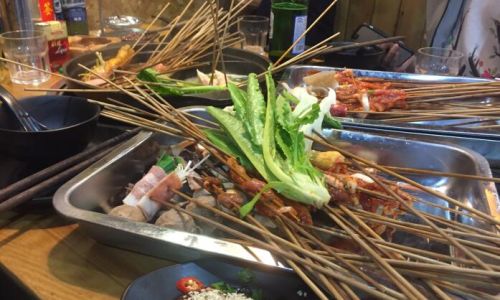
- Reheat on the stovetop over low heat, stirring occasionally. Add fresh aromatics (e.g., garlic, ginger) to revive depth.
Skewers:
- Grill or pan-fry skewers with a touch of oil to recreate their original crispiness.
- Brush with a mixture of soy sauce, honey, and chili oil for a glossy finish.
Dipping Sauces:
- Whisk sauces vigorously to re-emulsify any separated oils.
Safety First: Avoiding Foodborne Illnesses
Even with proper storage, always adhere to food safety protocols:
- Smell and Sight Tests: Discard broth if it develops a sour odor or mold. Meat skewers should be tossed if they appear slimy or discolored.
- Temperature Logs: Use a thermometer to verify refrigerator/freezer temperatures daily.
- Cross-Contamination Prevention: Use separate utensils and cutting boards for raw and cooked ingredients during reheating.
Creative Ways to Repurpose Leftovers
Transform stale Chuan Chuan Xiang into new dishes to minimize waste:
- Fried Rice: Dice leftover meat and vegetables; stir-fry with rice, eggs, and soy sauce.
- Stuffed Dumplings: Mince skewers and use as filling for potstickers or wontons.
- Spicy Noodle Soup: Thin broth with water or stock, add noodles, and top with fresh herbs.
Reducing Waste Through Proactive Planning
Prevention is better than preservation. Strategies to minimize leftovers include:
- Demand Forecasting: Track daily sales to adjust portion sizes.
- Customer Feedback: Offer smaller skewers or combo deals to encourage variety without over-ordering.
- Donation Programs: Partner with local food banks to distribute excess portions safely.
Conclusion: Balancing Tradition and Innovation
Preserving Chuan Chuan Xiang requires a blend of time-tested methods and modern tools. By prioritizing rapid cooling, strategic storage, and mindful reheating, you can extend the life of this iconic dish without sacrificing its essence. Whether you’re a vendor aiming to reduce costs or a home cook hating waste, these techniques ensure that every skewer and sip of broth lives up to its full potential.
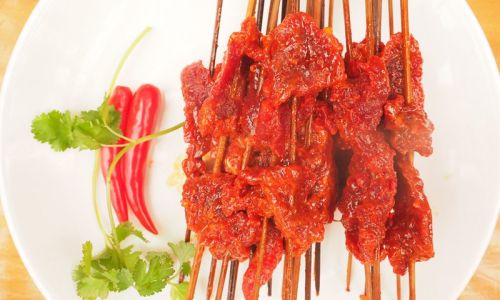
Remember, food safety is non-negotiable. When in doubt, trust your senses—and when in further doubt, discard. With practice, preserving Chuan Chuan Xiang becomes second nature, allowing you to savor its fiery charm day after day.
Final Tip: Document your preservation journey! Note which methods yield the best results for your specific recipes. Over time, you’ll refine a system that honors tradition while embracing efficiency.
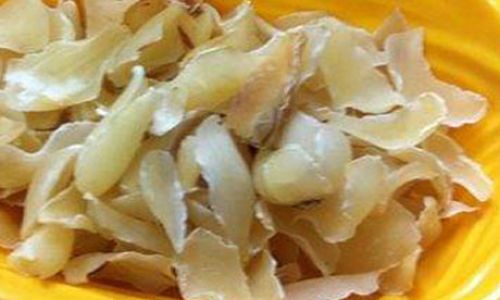
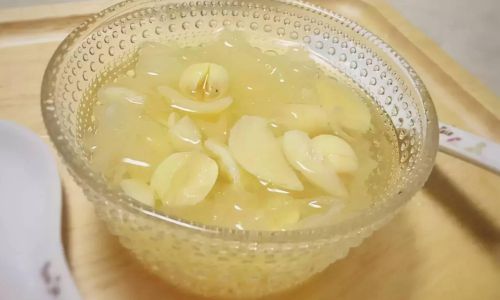
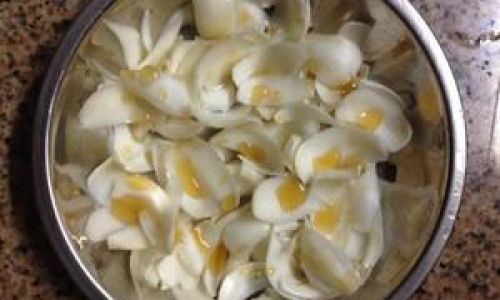

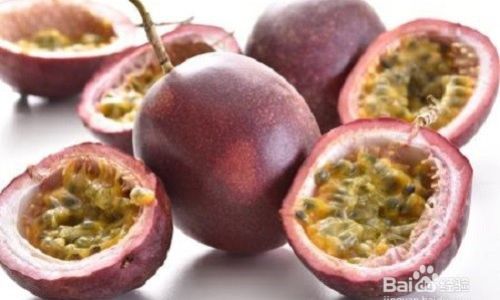
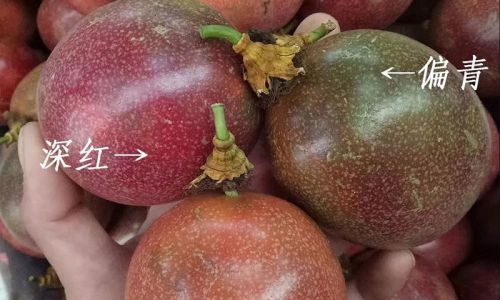
0 comments